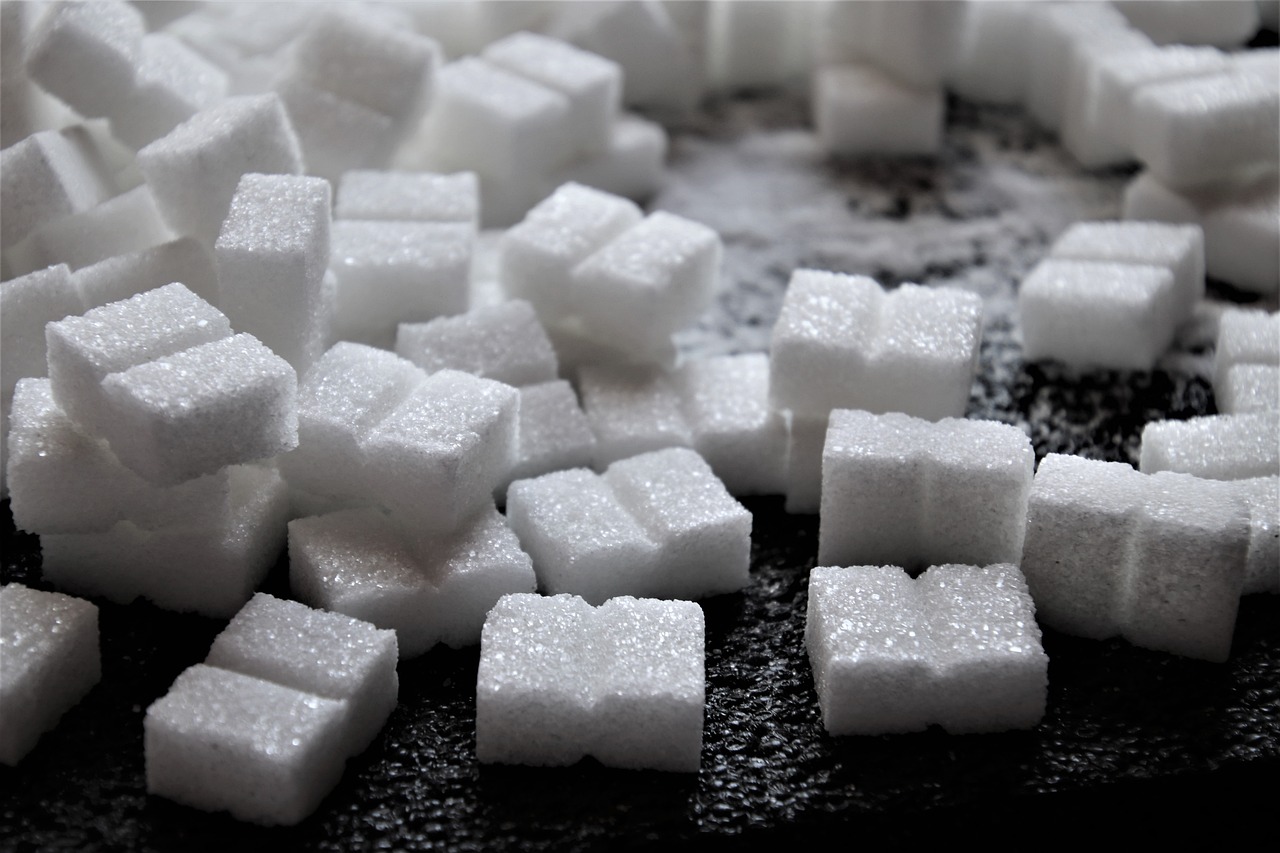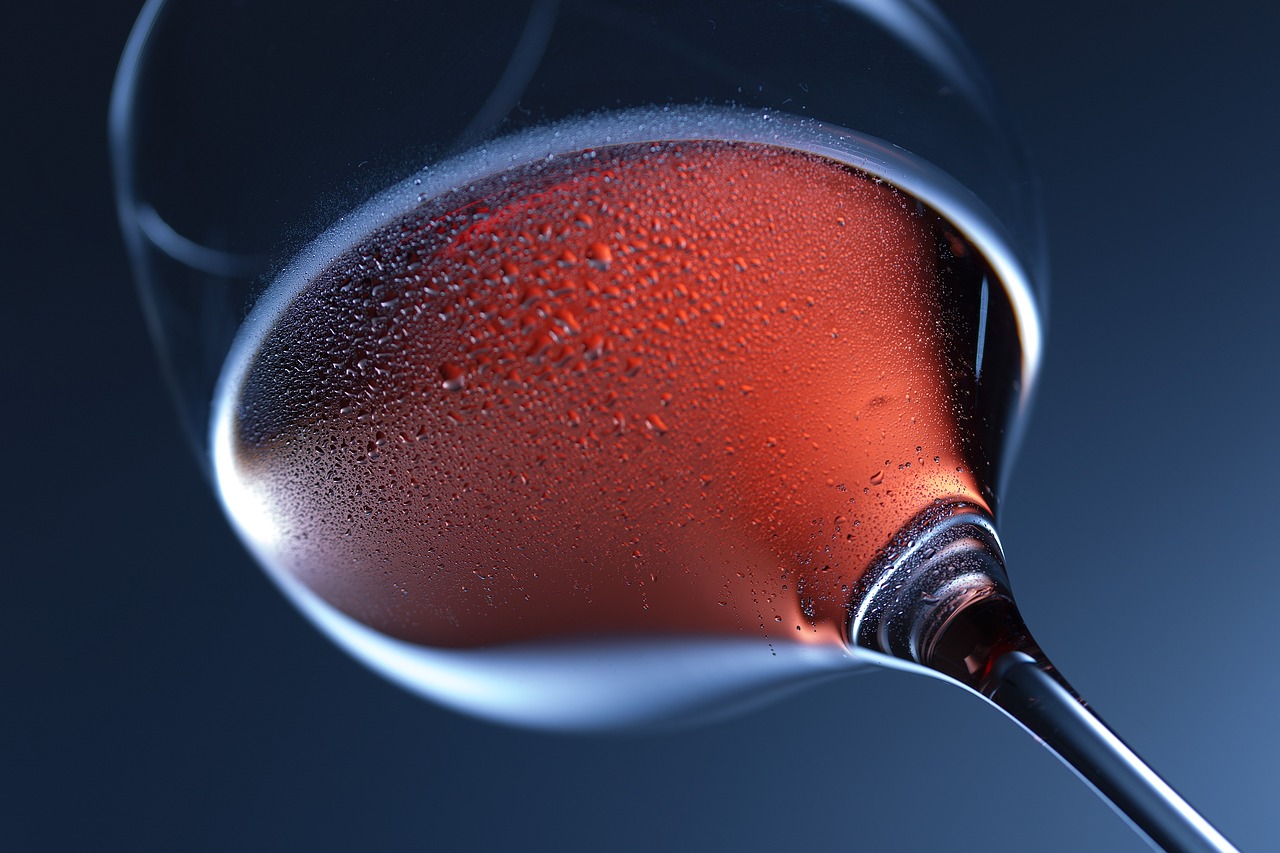
I have been in more than one cab (but not at the same time), and when asked what I did for a living, explained truthfully that I was involved in a wine company that imported and distributed wines. At this point, the driver might perhaps say something like: “I don’t like white wines, but I do drink Chilean reds”. Or: “I like a good Rioja on special occasions”. Or: “My wife only drinks white wine.” Comedian Al Murray had a stand-up routine called: “And a glass of white wine for the lady”. That single ironically dismissive line was freighted with cultural taste references. That men were noisy and bossy and ordered pints of lager; that woman don’t get a say in what they might want to drink; that it is assumed that they will default to drink piss-poor piss-weak white wine anyway because they have no preferences and don’t really like booze per se. That was the incontrovertible way of the British taste world.
We tend to gauge our overall palatal preferences by linking them to a single statement of desire at a given moment. We may not go much beyond preferring generic white, red, rose or bubbles, but we classify our tastes strongly according to which camp we think we may or should belong to. Hence my cab driver was Chilean red (presumably Cabernet) man. Though, who knows, he may have occasionally partaken of a glass of white wine. Whisper it not in Gath – or in the London cab ranks.
We classify our tastes strongly according to which camp we think we may or should belong to.
So, is there such a thing as the typical British wine palate? If I knew the answer, I would now be sunning myself on my tropical midge-infested Hebridean island, having made my fortune anticipating the buying whimsies of the average Brit Joe and Joanna. As it is, I will default to my usual spineless position, and merely observe that the cultivation of one’s palate depends on one’s age, one’s circle of friends, which influencers one respects, but equally one’s curiosity and singular willingness to explore flavour. As individuals rather than sheep-consumers, we shouldn’t forget that we are endowed with a portion of free will!
What undoubtedly will influence us (whether we like it or not) is our exposure to a given product. In the holidays of my youth, the only thing approximating to a wine on my tropical midge-infested Hebridean island was a dubious faux-French drop of red in litre screw-capped bottles called Hirondelle. To this uneducated palate, it was a veritable treat, Bacchus’s preferred tipple. As my mum, mixing her metaphors, used to say: “You drink it, because it is the only wheel in town.”
With around 80% of off trade sales still generated through supermarkets, an examination of the most popular selling brands may yield some sort of insight into the drinking habits and preferences of the wider UK population. Yellowtail, I’m looking at you – not very closely.
And here are the scores on the doors. Blossom Hill, according to one poll, is the highest rated brand with an approval score of 44%. By the way, I am not sure what approval connotes in this context. The wine, if we can call it that is, is a rosé containing no less than 8g residual sugar, so it’s liquid lollipops all the way. Echo Falls, Gallo White Zinfandel, Jacob’s Creek, the aforementioned Yellowtail and Martini Asti also inhabit the top ten, alongside Moet et Chandon. Yes, thar’s added sugar in them thar hills. And it’s also safe to say that UK trade – and public – fixate on price sweet spot. In Oscar Wilde’s Lady Windemere’s Fan, Lord Darlington quips that a cynic is ‘a man who knows the price of everything and the value of nothing.‘ The pricing of wine is cynical in that commercial operators engineer pricing to create false expectations of value. Incidentally, it is also a truth universally acknowledged that Brits are psychologically conditioned to ignore £.99 part on any sales tag.
And the public wants what the public gets ~Going Underground, The Jam
But what damp squib are we really getting for our buck?
Bibendum Wine Company did an analysis a few years ago that revealed only 21p pays for the wine itself in a £5.50 bottle of wine in the UK. With subsequent duty rises and other hikes in the cost of raw materials, the wine element is probably proportionately less now. In a £10 bottle this rises to £2.48 and £6.67 in a £20 bottle. Not only do you get better quality for your money when you spend more, but this value rises at a much faster rate with bottle price.
So, is there such a thing as the typical British wine palate? If I knew the answer, I would now be sunning myself on my tropical midge-infested Hebridean island, having made my fortune anticipating the buying whimsies of the average Brit Joe and Joanna.
I would tentatively submit that the heart of the average consumer does not beat significantly faster when there is 21p’s worth of wine in play. It might seem from the sales evidence that the public is enthralled by the notion that booze can be cheap and that is better (better for our pockets, albeit our pockets are not drinking the wine) as if cheap booze is necessarily good booze. Glass ceilings exist for a reason, though, and that is to be shattered.
Columbo: I want you to teach me everything you know.
Wine Expert: It took me forty years to acquire my expertise.
Columbo: Well, what can you do in an hour and a half?
Wine Expert: Oh, just the very basics.
Columbo: Let’s start with this–How can you tell a good wine from an average wine?
Wine Expert: By the price.
–Any Port In A Storm
I’m not being snobbish when I say that defaulting to the lowest common denominator price point does not indicate a taste preference in itself. Taste involves a modicum of informed choice when assessing the relative merits of various products, deciding what you like and why you like it. If the consumer chooses wine purely on price or is happy to unthinkingly accept whatever the retailer is offering, then the very act of choosing is abrogated.
About twenty years ago, I was invited onto a Radio 4 talking heads programme called Room for Improvement to pontificate on the concept of “good taste” and how we might improve it. The episode in question focused on wine as related to good taste. My plaintive entreaty that folks should drink better was dismissed by the rest of the panel as a classic and classist rocket-eating Islingtonian thing to say. How unfair! I was at the very least a Camdenite lollo rosso kinda guy. Anyhow, I have always been a drink-less drink-better person, hoping that consumers will undergo a taste journey (as did I) and eventually learn to appreciate wine as a crafted product, something more than alcoholic coca cola. It is patronising to assume that consumers wouldn’t want to drink better wine if they were given the wherewithal to make more informed decisions, even if it was equipping them with the knowledge that there is much more wine in a bottle at a slightly higher price.
Not only do you get better quality for your money when you spend more, but this value rises at a much faster rate with bottle price.
Next to examine (if that’s not too strong a word) the role of opinion formers. Or rather those individuals who may influence the opinions of others, whether by accident or design. Not only do we not have rappers endorsing the stylistic charms and otherwise of Moscato d’Asti in the UK, but wine itself is also barely covered on TV as a living topic, other than a blink-and-you’ll-miss-it micro-segment on a weekend brunch cookery show in which some supermarket pabulum is tasted and cooed over. Nor is wine well-served in the book-o-sphere. Go to any shop and while you will find the shelves groaning with hundreds of cookbooks and myriad volumes about food culture, books about wine, usually in the tumbleweed section, are very few-and-far between. Wine journalists for national newspapers now have less influence than previously and are expected to talk about wine as a commodity to reflect the expectations of their readers and meet the requirements of their advertisers, rather than being given parole to explain, provoke or enthuse.
Autres temps, autres moeurs. Decades ago, British classic taste, if we may describe it thus, was defined by the opinions of a few literary luminaries and acknowledged authorities. Grand columnists such as Evelyn Waugh (and Auberon Waugh), John Arlott, the genial Michael Broadbent and Hugh Johnson wrote about great wines with disarming familiarity and FR Leavis-ite certainty. Wine at that time was conceived as a subject for study for the enlightened amateur and bon viveur, the considered broadsheet reader, and the best bottles (and they were only the best) were invariably described in terms of their elegance, refinement and breeding, terms that would be alien to contemporary audiences.
Knowledge of the hierarchies (the concept that certain wines were inherently superior to others) was implicit to one’s appreciation of wine, and Parkerisation – the awarding of merit points to wine – although not as prevalent in this country as in the States – further fostered the impression that fine wines belonged to a quaint freemasonry. You had to be of a certain class – or in possession of money – to appreciate wine fully. Although I am caricaturing the situation, this is not far off the truth. In my whippersnapper days, I played many a game of Parker Top Trumps, a form of wine one-upmanship in which one claimed to have brushed lips against the best of the best vintages of the top of the top wines.
The earlier stages of the dinner had worn off. The wine lists had been consulted, by some with the blank embarrassment of a schoolboy suddenly called upon to locate a Minor Prophet in the tangled hinterland of the Old Testament, by others with the severe scrutiny which suggests that they have visited most of the higher-priced wines in their own homes and probed their family weaknesses. The diners who chose their wine in the latter fashion always gave their orders in a penetrating voice, with a plentiful garnishing of stage directions. By insisting on having your bottle pointing to the north when the cork is drawn, and calling the waiter Max, you may induce the impression on your guests which hours of laboured boasting might be powerless to achieve. For this purpose, however, the guests must be chosen as carefully as the wine.
–The Chaplet – Saki (H.H. Munro)
Whilst the upper echelons of the wine world were debating the relative merits of cru status wines, supermarkets and high street retailers tapped into a new generation (and class) of wine drinkers. Wine, even at the basic label, began to be associated with social aspiration. You might, for example, believe you were being judged by the bottle you brought to a dinner party, or even by how you talked about a wine. In Mike Leigh’s brilliant play Abigail’s Party, Bev exclaims: “Beaujolais – oh, fantastic; I’ll just pop it in the fridge.” The reaction amongst viewers at the time may have been to cringe at her faux-pas, but as Leigh himself would say this was more a lamentation on the spirit-crushing obligations of social mores, not a sneer at the aspirations of the ‘new’ middle classes. Now, we are all Bojo-chilling Bevs!
I inhaled deeply, screwed my courage to the sticking point and said Frascati, rolling my rs in the continental way and waving my arms expansively. It was the third wine up; honour was satisfied. The wine list had looked into my soul and found it reassuringly empty.
Ordering wine in restaurants was always a public ordeal for the ingenue and felt like a social beartrap. Gaining the approval of the sommelier (or his – always his – lack of contempt) to avoid the sort of faux-pas seen in HM Bateman cartoons. Somms seemed more akin to grave divines than human beings, and not lacking in self-regard. I recall taking a certain Melvin Bragg out to dinner to a cheap Italian restaurant in Oxford’s Cornmarket. Being the callow host for the evening, I was naturally given the wine list to survey. I remember my eyes instantly glazing over, as when one confronts strange hieroglyphics for the first time, and all the letters of each word swimming out of focus. I eventually narrowed the choice down to two semi-familiars Orvieto and Frascati, which I had vague memories of seeing on supermarket shelves accompanied by .99 price tags. (£1.99? £2.99?). Were they wines – or twin brothers from the Commedia dell’arte?
I inhaled deeply, screwed my courage to the sticking point and said Frascati, rolling my rs in the continental way and waving my arms expansively. It was the third wine up; honour was satisfied. The wine list had looked into my soul and found it reassuringly empty.
Even though the wine was surely a sulphurous excrescence it was deemed good enough by our little company and that was more than good enough for me. In my mind, I was drinking the wine that that guy Bacchus himself had ordained – and that provoked inordinate pleasure. What we bring to the table, our flaws and insecurities, our moods and expectations, transforms the humblest fermented grape juice into a mirror that reflects all aspects of our personalities. It is human nature to cling to what we recognise like a (social) security blanket.
In an episode of Seinfeld, Kramer is on a double date with a vertically challenged friend and is in his usual state of barely suppressed paranoia. All the people around the table are being non-committal, the small talk is excruciating, and Kramer is one Quixote short of a fully tilted windmill. A waiter comes up to take their drinks order.
KRAMER: I like Merlot. Is Merlot good for you?
Girl 1: I love Merlot
Girl 2: I adore Merlot
Other guy: Merlot is my absolute favourite
WAITER: Sorry, we have no Merlot.
Kramer involuntarily sweeps a wine glass off the table
-Seinfeld
To defang the associated cultural insecurity that novices might experience when they purchase an unfamiliar product, supermarkets understand that wine must be instantly identifiable. Brands were one recognition crutch, one means of creating loyalty; varietals on bottles another. Consumers would align their tastes with the varietal they most liked drinking. Sauvignon was always tangy; Chardonnay buttery; Rioja oaky; Merlot fruity. The varietal became the shorthand description for a wine style (and thus a wine preference). Wine was just another a product you could whip off the shelf and bung into the basket or trolley without a second, or even a first, thought, and without anyone interrogating your taste choices or looking down their snoots at you. And because shopping is visual and reactive, supermarkets deployed massive marketing budgets to rig promotional offers (such as “buy one get one free”), created pile-em-high displays and increased the visibility of certain brands. Market research helped to update and refine the branding further and build recognition.
Although the shelf space might have been increasing, the choice of wines available in supermarkets was not. It was becoming more homogenous. Fortunately, alternatives did exist. The high street wine retailer, Oddbins (RIP), for example, zoned in on a younger generation of drinkers. Each branch largely managed its own affairs and was allowed to be as creative as possible, building special relationships with private clients and even tapping into the on-trade. With its Ralph Steadman iconography, witty notes, scattergun approach to selling and wholehearted engagement, Oddbins more than helped to nudge the taste dial. At the same time, and certainly culturally intertwined with the fortunes of this emergent high street chain, wine demythologisers such as Oz Clarke came to the fore. He spoke and wrote about new regions and grape varieties with infectious enthusiasm, articulacy and wit.

While his Oz-ness was making wine accessible to millions on TV, other influencers were speaking to an older generation of wine aficionados. The torch originally carried by Broadbent, Spurrier, Johnson and Coates was being metaphorically passed to authoritative writers such Jancis Robinson who had begun creating an encyclopaedic resource by means of diligent note-taking and precise evaluation. As well as writing books, Jancis created perhaps the definitive online information portal. In the early 2000s, Jamie Goode foresaw the potential of mixed written, visual and audio content and developed his Wine Anorak site with its excellent balance of reportage and editorial output to entice and inform novices and wine nerds alike.
And so the current generation of wine communicators. The social media mavens. The bantzers. The vinfluencers. The poolside Prosecco ‘grammers. The medium has almost become the message; even more accurate, the well-chosen meme has become the message. This audience of drinkers doesn’t need preaching to and although is comfortable around wine, its imagery, and language, will like or love a post or story which contains wine because of the feeling of alignment with the communicator in question and their lifestyle.
But, I have been asked to make a definitive statement about the current state of the British palate nation. Had I been asked this 30 years ago, I would have asserted confidently that buxom Chardonnays, all clotted cream on jam on toast were the gout de jour. Human beings are fickle, however. From ABC (All Bloody Chardonnay), we encountered the equal and opposite reaction ABC (Anything But Chardonnay). Splendidly null Pinot Grigio, the perfection of slimline milquetoast neutrality, the archetypal pub/bar glass of white wine, hit the fashion sidewalk (no wine list could live without it), followed by Sauvignon – from New Zealand , in particular – the gin and tonic of wine styles. On the red front, Rioja has maintained its broad oaky appeal for decades, Merlot’s star has waned (thanks, Sideways), and bolder wines such as Aussie Shiraz and Argentinean Malbec have remained popular and resistant to the caprices of fashion. Prosecco? Oh dear, yes. Wine magazines love to identify faux-trends too. Today, I read the headline in The Drinks Business: Brits break up with Merlot. Is this true? Was this the love that dared not speak its name? I have no idea, but I have my doubts. Other than it sounds like a filler story.
This audience of drinkers doesn’t need preaching to and although is comfortable around wine, its imagery, and language, will like or love a post or story which contains wine because of the feeling of alignment with the communicator in question and their lifestyle.
One may examine the multitude of statistics for wine drinking in the UK and come up with a variety of alternative interpretations about they indicate. The basic facts seem to be that white wine has recently overtaken beer as the top-selling drink in this country with red wine in a close third. Women tend to drink white wine more than red – as Al Murray sagaciously noted. Younger people tend to drink spirits more, older people wine. In the West Midlands, roughly 25% of people drink red wine at least once weekly, whereas the preferred tipple of the South West is white wine. So it goes. Red wine comes out top of internet searches when buying online with only 4% specifying white wine in their search parameters, but that may be because those searching are just typing in “wine.”
Whether it was already a slow-forming trend or a happy concatenation of circumstances, the natural wine bandwagon began to manifest in the mid-late 1990s, although my first encounters with this genre of were in the early 2000s. Initially, I found the wines shocking – in the best sense – and liberating. They seemed to possess qualities that hitherto I had not encountered in wine: intensity, rawness, moodiness (as in changing constantly in the glass). The first ones over the top in any deviation from the taste norm are considered false prophets and generally mad, bad, and dangerous to know, but as is the way with so many non-conformist styles (atonal music; surrealist art; stream of consciousness novels etc), the wines bedded in, and became, if not mainstream, an important part of the wine scene.
Natural wine was (and is) undoubtedly an injection of technicolour dreaminess in the monochrome world of wine. The wines were frolicsome, fun, nourishing and drinkable, attracting a new generation of drinkers who like their coffee beans roasted in a particular way, read lullabies to centuries old sourdough bread cultures sourced from an obscure village in Finland’s Sampi region, and are on first name terms with the goat who makes the unpasteurised cheese that they purchase vacationing their moorland bothy.
I would like to believe that we are all but one epiphany away from changing our tastes for the better, and even if we don’t experience that special moment of revelation that transforms our notion of what is delicious and palatable, we still have the capacity to learn and allow our taste buds to adapt.
If one looks beyond the industry-generated statistics and surveys about mass drinking habits, one is left with gut instinct about the state of the collective nation’s palate. What I would suggest is that natural wines, however we may define them, have been the main story in the professional UK wine world for the past ten years and their blazing emergence is responsible for a palpable cultural change. A solitary original specialist importer of natural wines has multiplied into several dozen; one wine natty bar in central London in 2008 is now hundreds throughout the country, a mere handful of bottles bought and sold proliferating into tens and thousands every day, a difficult newborn movement transformed into a fully-grown endemic culture. Yes, it’s still a cloudy drop in a strip-filtered wine ocean and largely an urban/metropolitan phenomenon but having risen without trace to dominate the wine discourse in certain wine circles, it is a culture that reflects constantly the changing tastes as well as the preferences of the newest generation of drinkers.
My heart says that the average wine palate is not an immutable entity: it is forged over time and circumstance and changes accordingly. I would like to believe that we are all but one epiphany away from changing our tastes for the better, and even if we don’t experience that special moment of revelation that transforms our notion of what is delicious and palatable, we still have the capacity to learn and allow our taste buds to adapt.



